The Steam Deck is live in the wild, with Valve slowly rolling out its shipping plan over the forthcoming months. For those lucky enough to be early in the shipment windows, it’s a great time. But a lot of you are likely out in the cold and wondering what else is out there that might do what the Steam Deck does. Luckily, handheld gaming PCs are nothing new and have actually been on the market for a number of years now. Sure, they won’t match the level of polish and finesse that Valve will likely be able to lavish on the Deck, but they do have one big benefit: they run Windows out of the box.
AYANEO 2021
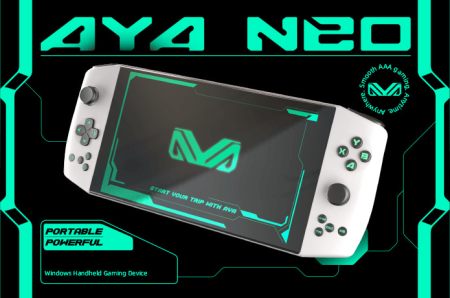
The AYANEO made waves when it hit IndieGoGo in 2021. After successful crowdfunding, it’s now readily available on Amazon for $1149 and comes in two color variants. It's running a six-core AMD Ryzen 5 4500U with 16GB LPDDR4x RAM and a 1TB M.2 SSD. That’s twice the storage of the largest version of the Deck, for those keeping count. The Neo has a 7-inch 800p IPS screen that’s very similar to the one in the Deck, but it has a higher peak brightness.
The controller interface uses the offset stick layout that Xbox controller users are accustomed to, and it has an Xbox-style face button configuration. There there’s even an included docking station (as well as third-party docks) that adds HDMI and other expansion options. For those who like adding accessories, the AYANEO even has a top-mounted USB-A port, something the Deck lacks entirely.
AYANEO NEXT
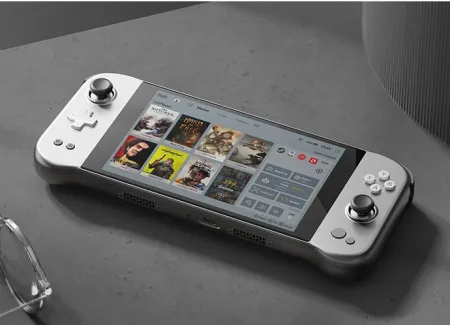
AYANEO didn’t stop with their 2021 model. The AYANEO NEXT is up for early pre-order right now on IndieGoGo, with 40 days left at the time of writing. The NEXT keeps the controller layout but trades the angled body for a much more rounded, friendlier design that's reminiscent of the Switch Lite (but certainly larger). AMD recently announced newer RDNA 2 chips coming later in the year, and AYANEO has responded that they will ship early NEXT units with an AMD Ryzen 7 5825U. Later units will be equipped with Ryzen 6000 series chips as they become available. The joysticks on the NEXT are removable and swappable, and they’ve integrated a biometric fingerprint scanner so that you can easily unlock the device.
They’re offering two models, the NEXT and the NEXT Pro. Both are equipped with Zen 3 CPUs and Vega 8 graphics, but the pro offers expanded storage and RAM. The base model comes with 16GB LPDDR4x RAM and a 1TB NVMe M.2, while the Pro doubles both RAM and storage. For those just after expanded storage, there is a base model with double the space for a $100 price increase. The NEXT has an 800p 5-point capacitive touch display and a current MSRP of $1335, $1435, or $1535, depending on the model you choose. It’s currently slated to ship mid-April. While we don't have benchmarks, there's a high chance the later RDNA 2 equipped version of the NEXT will give the Steam Deck a run for its money as far as raw performance is concerned.
OneXPlayer
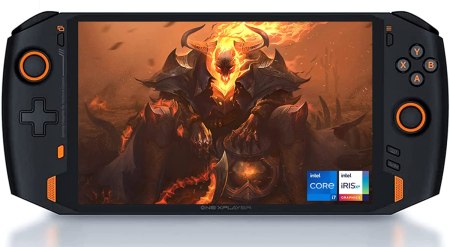
The OneXPlayer comes in a few different variants, with both Intel and AMD options available. The AMD version comes in two models: one with an AMD Ryzen 4800U for $999 and one with an AMD Ryzen 5700U for $1419. Both include an 8.4 inch IPS screen running at 2560x1600, a 1TB M.2 SSD, a 15300 mAh battery, and multiple USB ports.
The Intel versions come in the 1S model equipped with an Intel i7 1195G7 CPU and the same specs as the AMD models for $1419 or a similarly specced mini version. The mini has a slightly smaller 7-inch screen (similar to the Steam Deck) and a 10,455 mAh battery, priced at $1259. Every model of the OneXPlayer has an option to add a case or specialty keyboard, and they’re all readily available on both OneXPlayer’s website and Amazon.
GPD Win 3
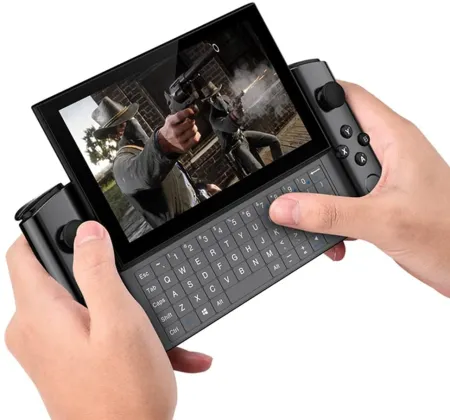
GPD is one of the older players in the handheld gaming PC space, with models dating back several years. Early on, they put out several Android-based handhelds to some critical acclaim. The GPD Win 3 is the latest and greatest from GPD. It offers the most radically different design when compared to the Deck. The GPD Win 3 uses a symmetrical controller layout, comes outfitted with an Intel i7 1195G7 CPU, 16GB LPDDS4x RAM, a 1TB M.2 NVMe SSD, and USB 4.0. It also has programmable back buttons, a fingerprint reader, and can support external GPUs for expanded game compatibility.
But the real innovation is hidden under the 5.5-inch 720p screen: the keyboard. The entire screen slides up to reveal a full QWERTY keyboard underneath for input. It’s a little small to be gaming or writing your thesis on, but it removes the need for frustrating software keyboards. It also comes with a dock that provides HDMI, Type-C, three USB ports, and Ethernet. The real benefit of the GPD Win 3 is the size. It’s smaller and lighter than the other handhelds available and offers the neat trick of expanding to offer additional input options. If you're not down with the large stature of the Steam Deck, then it's a solid, compact option.
Conclusion
The Steam Deck is quite a bit cheaper than the competitors listed here and will likely (in time) have significantly better driver and software support in the long run. For many of you, it might be worth waiting, despite the fact that the Deck has smaller storage and battery options compared to alternatives listed here. But if you don't mind gambling a bit on smaller companies, there are several very compelling options that beat Valve to the market by a mile.
For more hardware guides check out People are already experiencing stick drift on Steam Decks. Is it fixable? and Best Steam Deck Accessories on Pro Game Guides.
This article includes affiliate links, which may provide small compensation to Pro Game Guides.


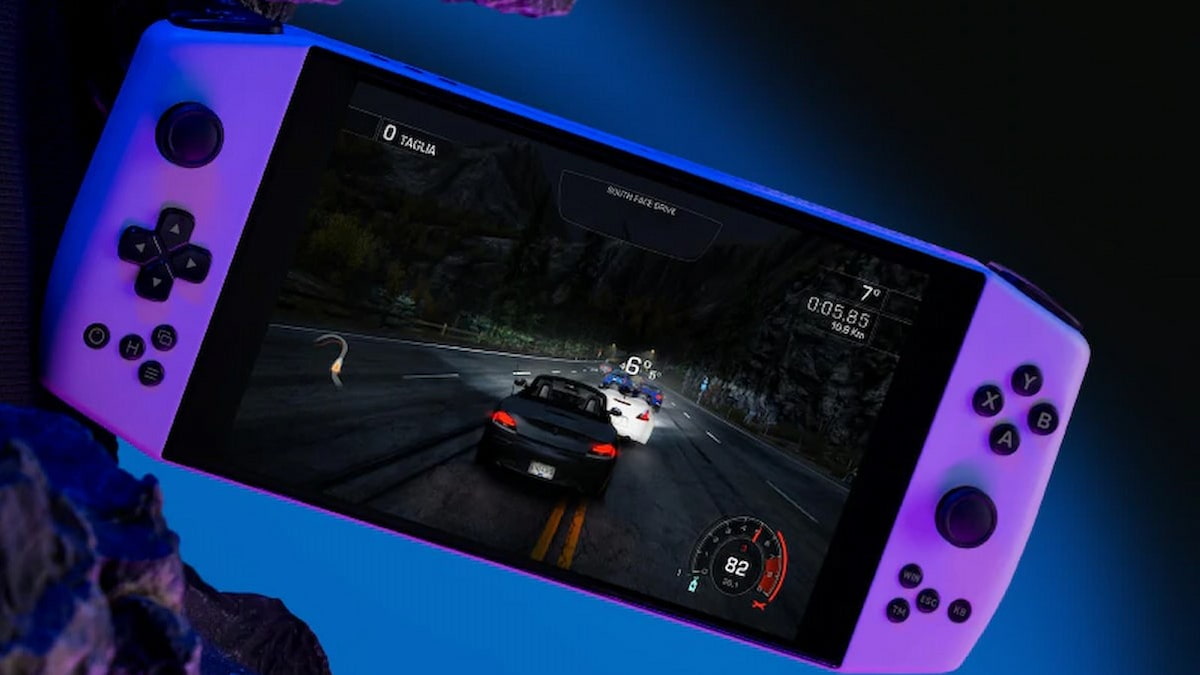
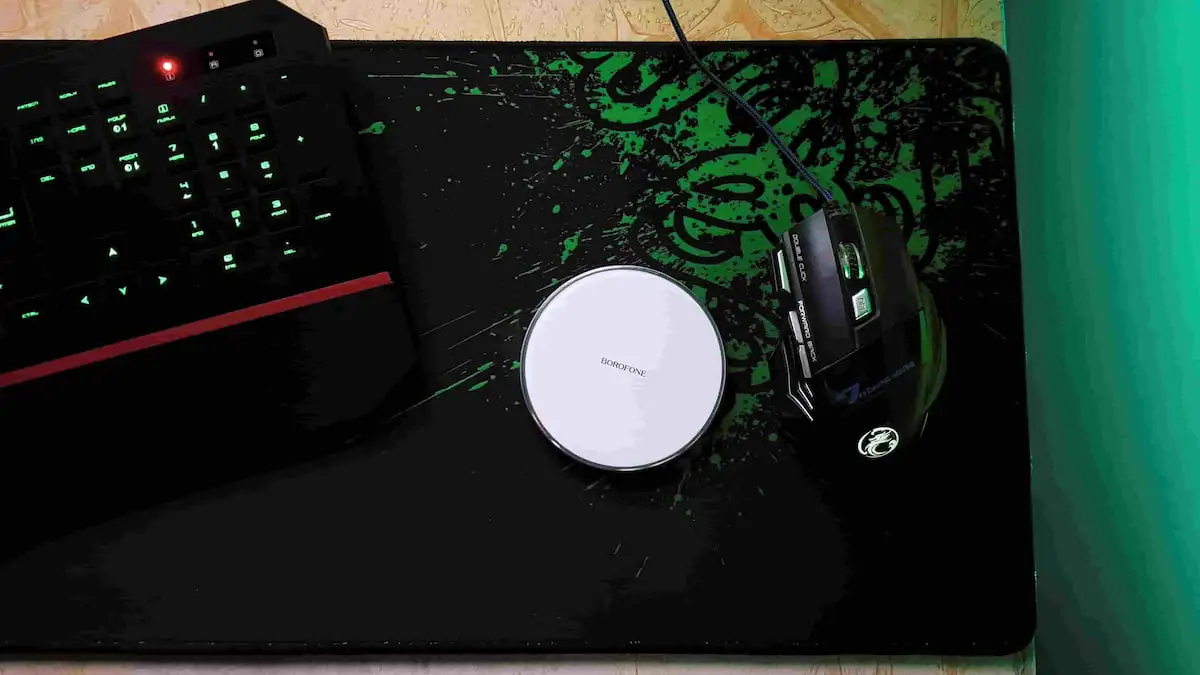

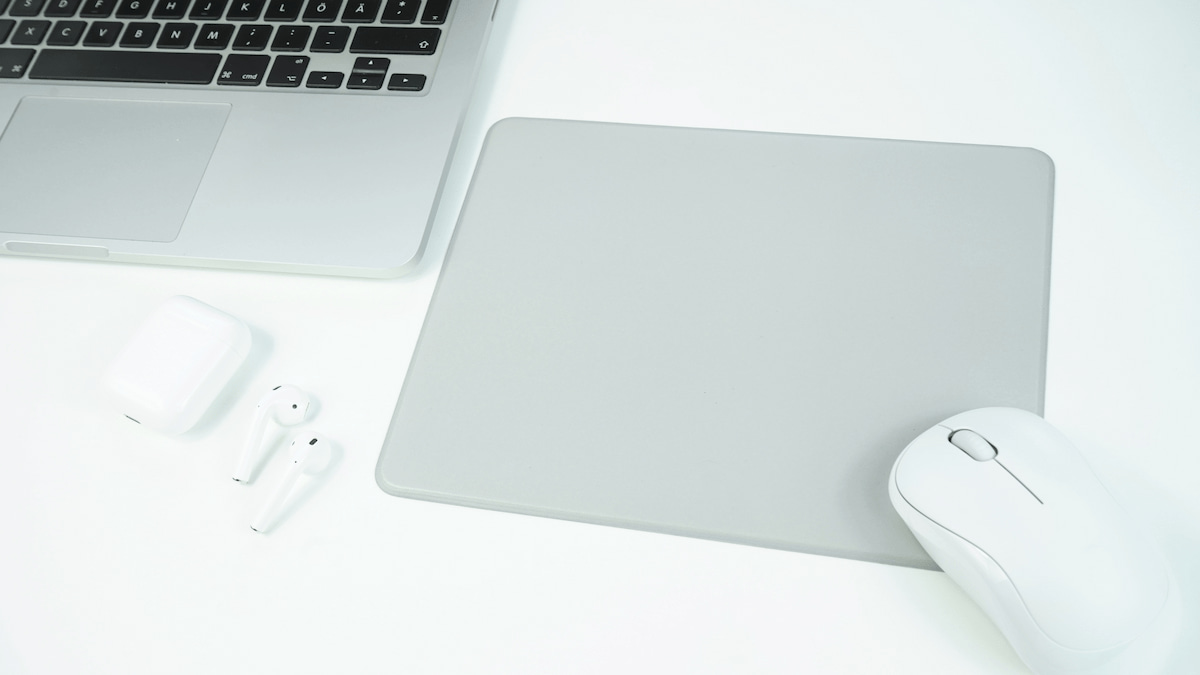
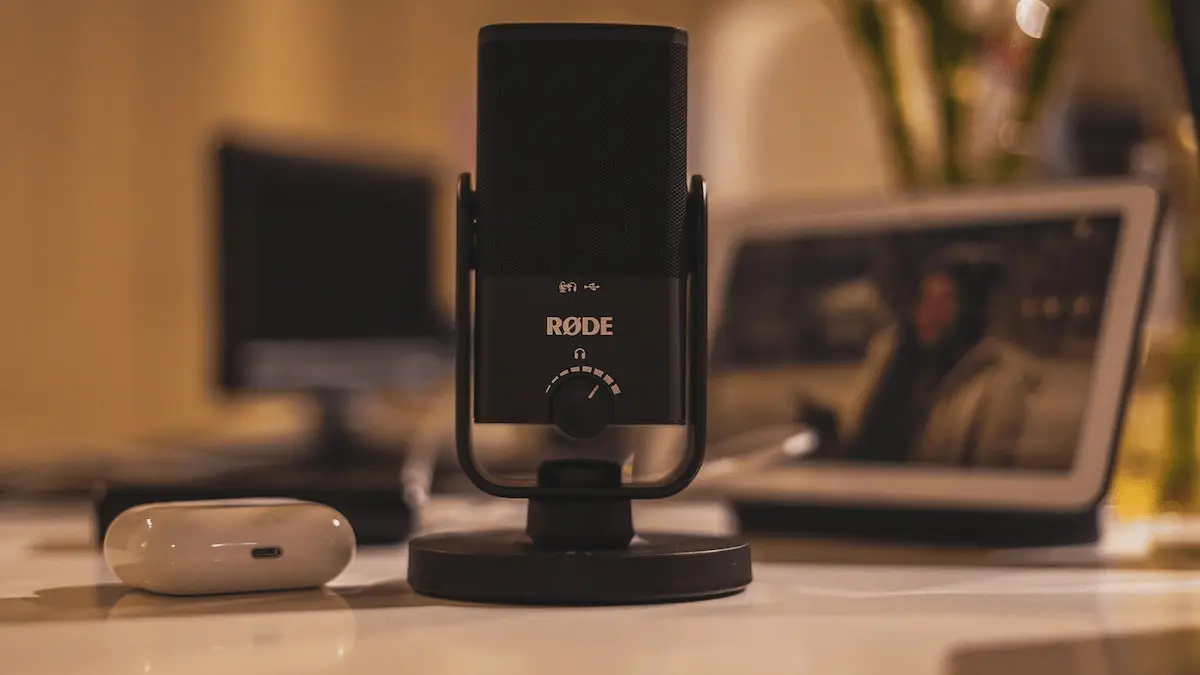
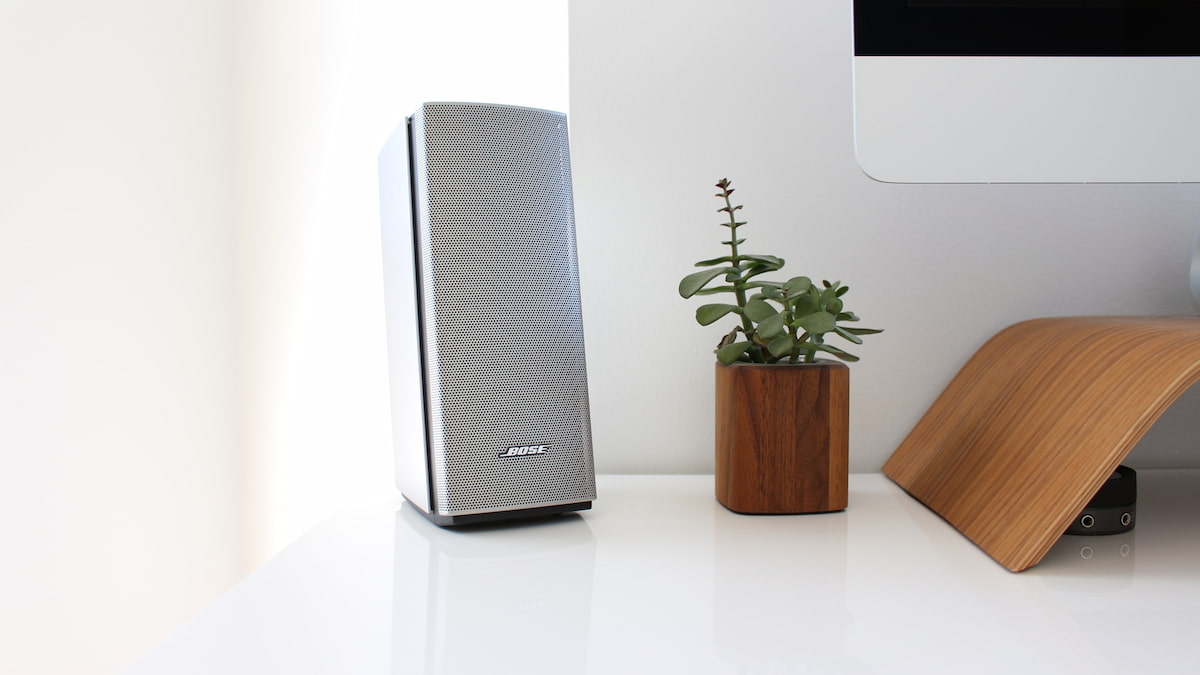
Published: Mar 2, 2022 11:44 am